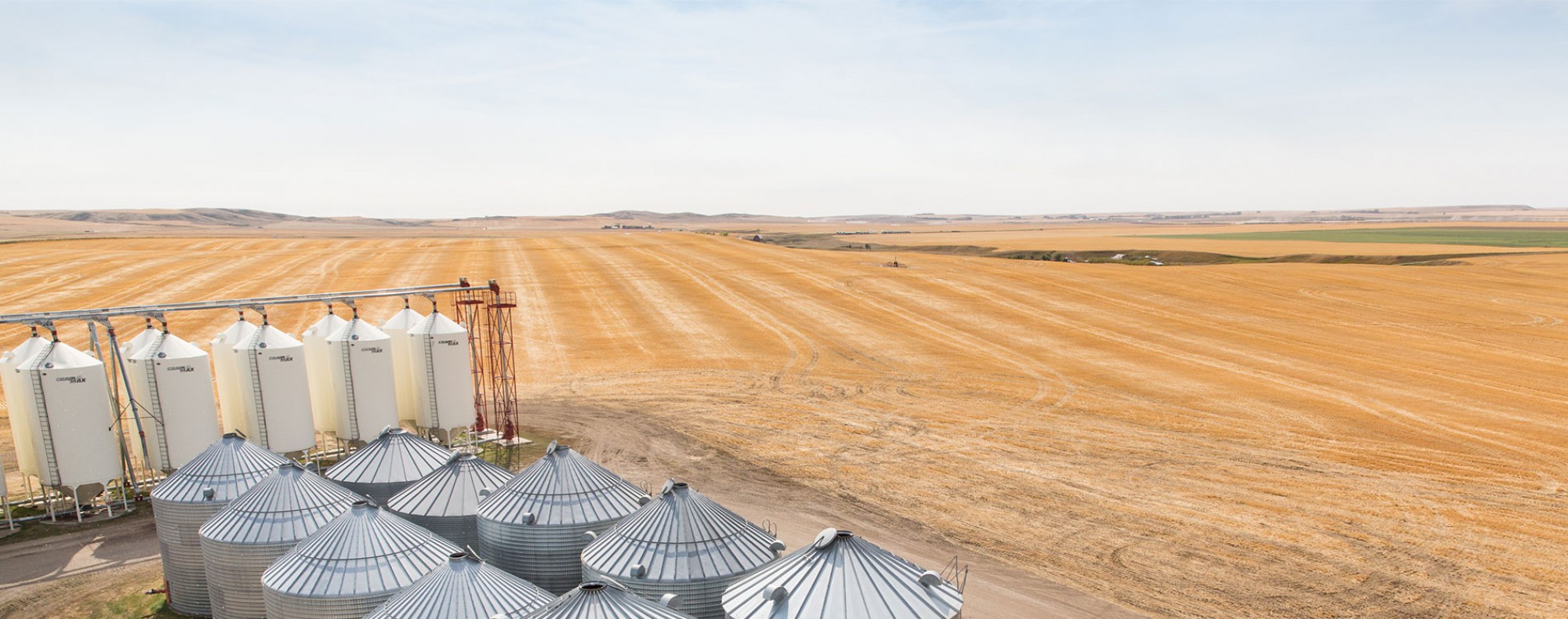Development of Canada Prairie Spring - Red (CPSR) Cultivars for Western Canada
Canadian Agricultural Partnership (CAP) Wheat Cluster Project
AWC Contribution: $94,620
Start date: March 2018
End date: February 28, 2023
Summary:
Wheat is a major crop in western Canada, grown in rotation with pulses and canola, and is fundamental to sustainable production systems that minimize soil erosion risk and break disease cycles. Wheat production in western Canada is affected by a variety of diseases with ever-evolving dynamic populations, which causes significant economic losses every year. Due to population shifts and/or mutations, and the appearance of new more aggressive strains of rust or Fusarium head blight diseases, cultivars can be rendered susceptible to one or more diseases. New improved high yielding wheat lines with new genetic resistance to these diseases will provide the producer with the most efficient and economical type of control which will in turn reduces input costs and environmental impact by avoiding the use of chemicals. This project is focused on improvements in grain yield, end-use processing quality, superior agronomic performance, disease and insect resistance in the Canada Prairie Spring Red wheat class to help keep Canadian farmers competitive.
In order to meet the demand of growing world population (estimated to reach 9 billion by 2050), wheat production is required to increase to 900 M tonnes. Canada is poised to achieve this by building upon its competitive advantage as a high-quality wheat producing nation. Through plant breeding, wheat yield has increased at a rate of 0.7% annually in western Canada, but this rate of increase needs to be accelerated if world targets for food production are to be met. Continued investments in wheat research and genetic improvement for the development of new high-yield, disease and insect resistant, high-quality cultivars are fundamental for advancing genetic gain. The farm cash receipts from wheat in Canada are over $4 billion annually. Even a modest 0.5% yield improvement would generate about $55 to $60 million annually. Investment made by producers in the development of new cereal varieties in western Canada returns over $20 for each dollar invested. With further improvement in grain yield, wheat producers should find wheat to be more profitable, making it critical for long term sustainability of rural communities and the success of bio-economy.
Objectives:
By 2023, register 2-3 CPSR cultivars yielding 15% more than 5700PR with strong gluten and good milling and end-use quality. These cultivars will have improved resistance to pre-harvest sprouting, resistance to Fusarium Head Blight, leaf rust, stem rust, yellow rust, common bunt, and Orange Wheat Blossom midge.
Disease resistance will be further diversified through incorporation of additional sources of resistance.
Bio:
Dr. Harpinder Singh Randhawa is a Research Scientist (spring wheat breeding) working at Agriculture and Agri-Food Canada since 2007. He has more than 15 years of experience and knowledge working on the different aspects of wheat breeding, genetics, pathology, biotechnology, molecular genetics and genomics. His breeding program integrates conventional breeding approaches along with marker assisted breeding, doubled haploid and other novel technologies for cultivar development. His prime focus is to breed cultivars to improve profitability and reduce business risk for farmers and processors. He has developed nine high yielding spring wheat cultivars (3 CWSWS, 3 CPS-R, 3 CWSP) and co-developed three high yielding triticale cultivars for general production in western Canada. He has published over 60 research articles in the international journals, supervises many undergraduate and graduate students and post-doctoral fellows and attended over 40 National and International conferences.
